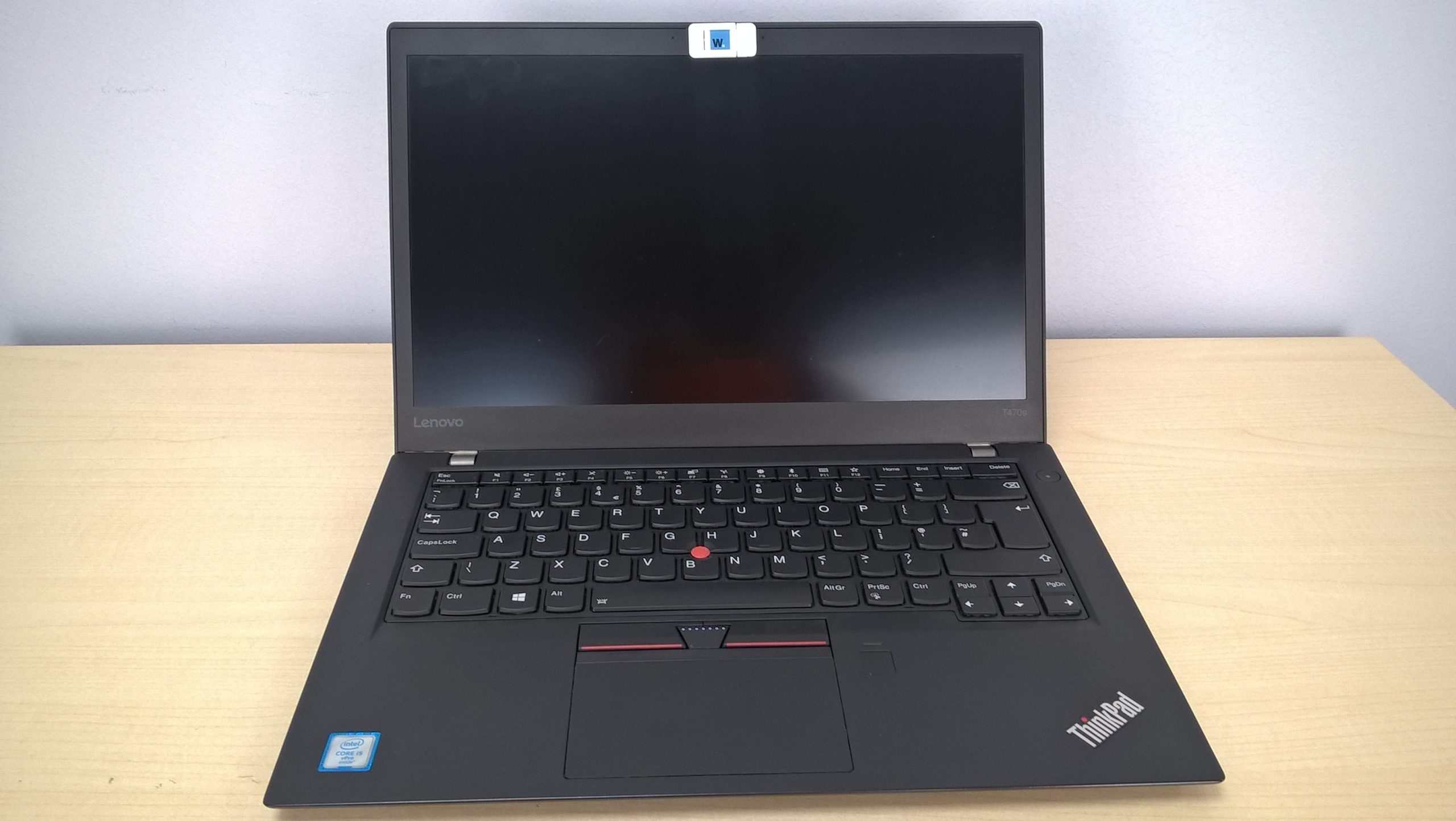Title: Troubleshooting Unexpected Black Screens on Your PC: Common Causes and Solutions
Experiencing sudden blackouts on your computer monitors can be both puzzling and frustrating. If you’ve encountered a situation where your screens go dark without warning, requiring a hard reset to restore functionality, you’re not alone. This issue can be particularly concerning, especially when your PC is relatively new. Let’s delve into some potential reasons why this might be happening and explore effective solutions.
Possible Causes of Black Screen Issues
-
Graphics Card Problems: Your graphics card could be experiencing issues, whether due to overheating, driver conflicts, or hardware malfunctions. Make sure your graphics drivers are up to date and consider checking the card’s temperature levels.
-
Power Supply Anomalies: Insufficient power or fluctuations in power supply can lead to sudden shutdowns and black screens. Ensure your power supply unit (PSU) is capable of handling your system’s demands and is functioning properly.
-
Cable Connections: Loose or damaged cables can interrupt the signal between your PC and monitors. Double-check that all connections are secure, and inspect cables for any signs of wear or damage.
-
Monitor Malfunctions: Sometimes, the issue might lie with the monitors themselves. Test them with another device to determine if they are functioning correctly.
-
Software Conflicts: Newly installed software or updates can occasionally lead to conflicts that affect display functionality. Consider rolling back recent updates or performing a clean installation if the problem persists.
Steps to Troubleshoot
-
Check for Overheating: Monitor the temperature of your components. If your PC is overheating, it may automatically shut down to prevent damage.
-
Update Drivers: Ensure all your drivers, especially the graphics and chipset drivers, are up to date. This can often resolve compatibility issues.
-
Inspect Hardware: Open your PC case and carefully reseat your graphics card and RAM. This can help resolve issues caused by loose connections.
-
Monitor Settings: Make sure your monitors are set to the correct input source and not in power-saving mode.
When to Seek Professional Help
If you’ve tried troubleshooting the above and the problem continues, it may be time to seek assistance from a professional technician. Persistent black screen issues could indicate a more serious underlying hardware problem that requires expertise.
Conclusion
While encountering random black screens on your monitors can be alarming, understanding the potential causes and steps for troubleshooting can significantly
Share this content:

